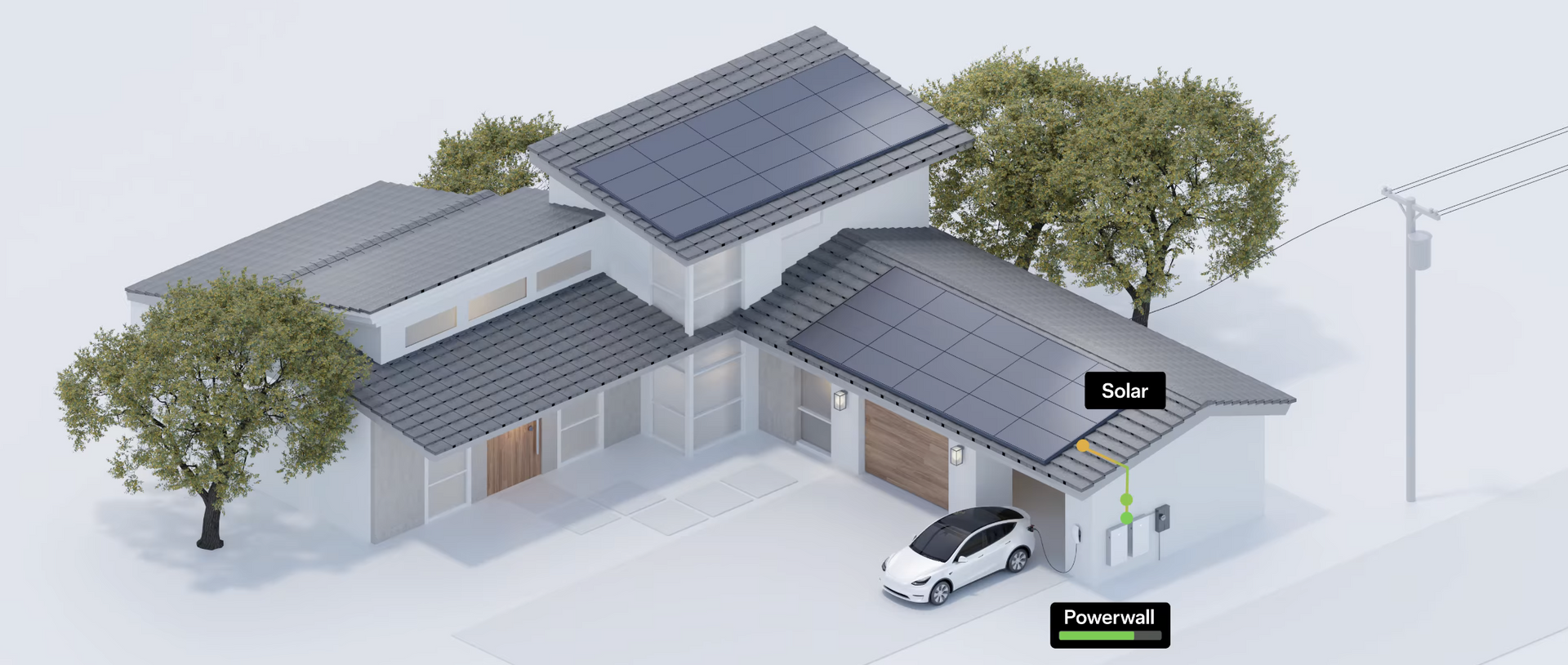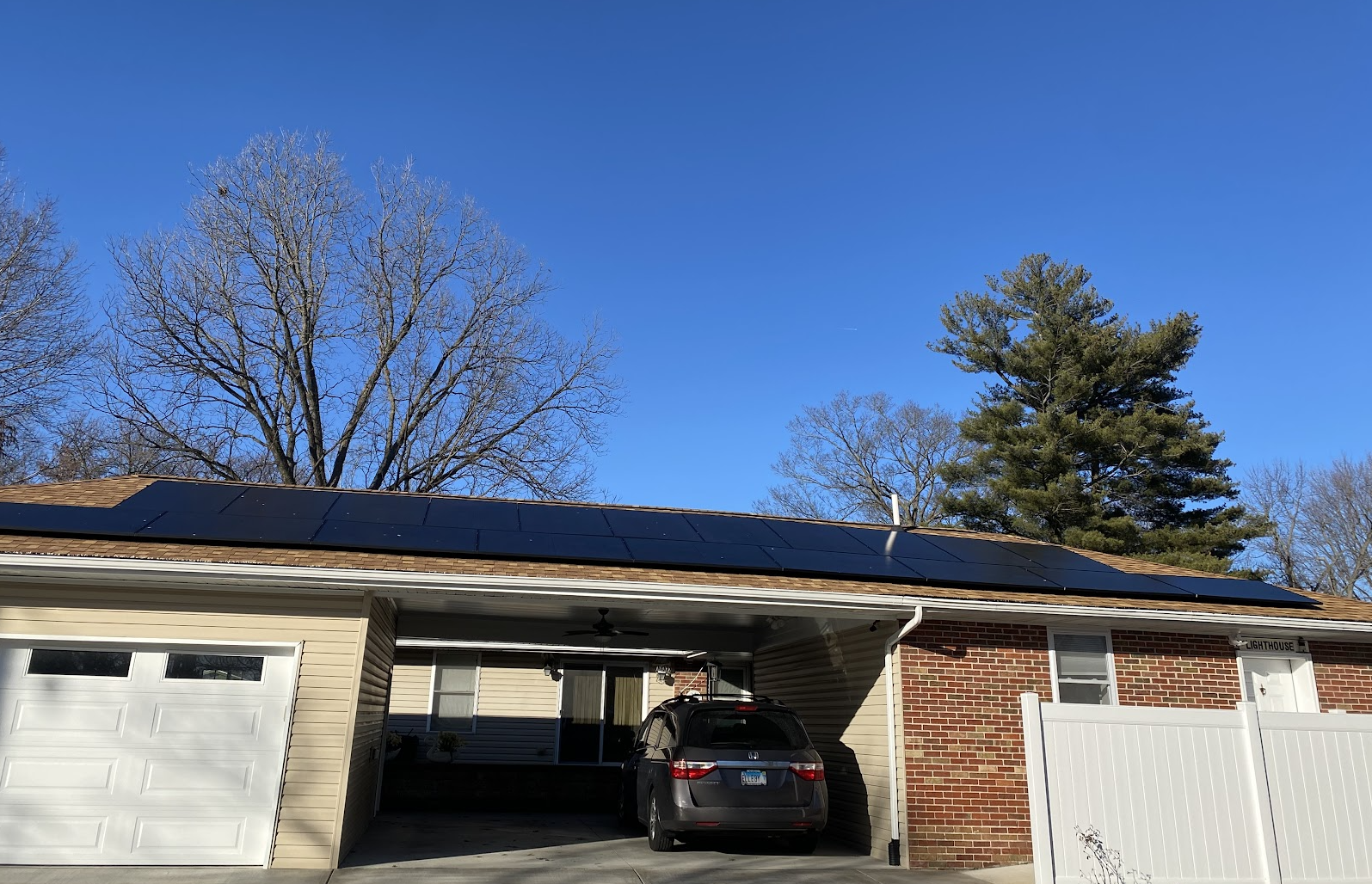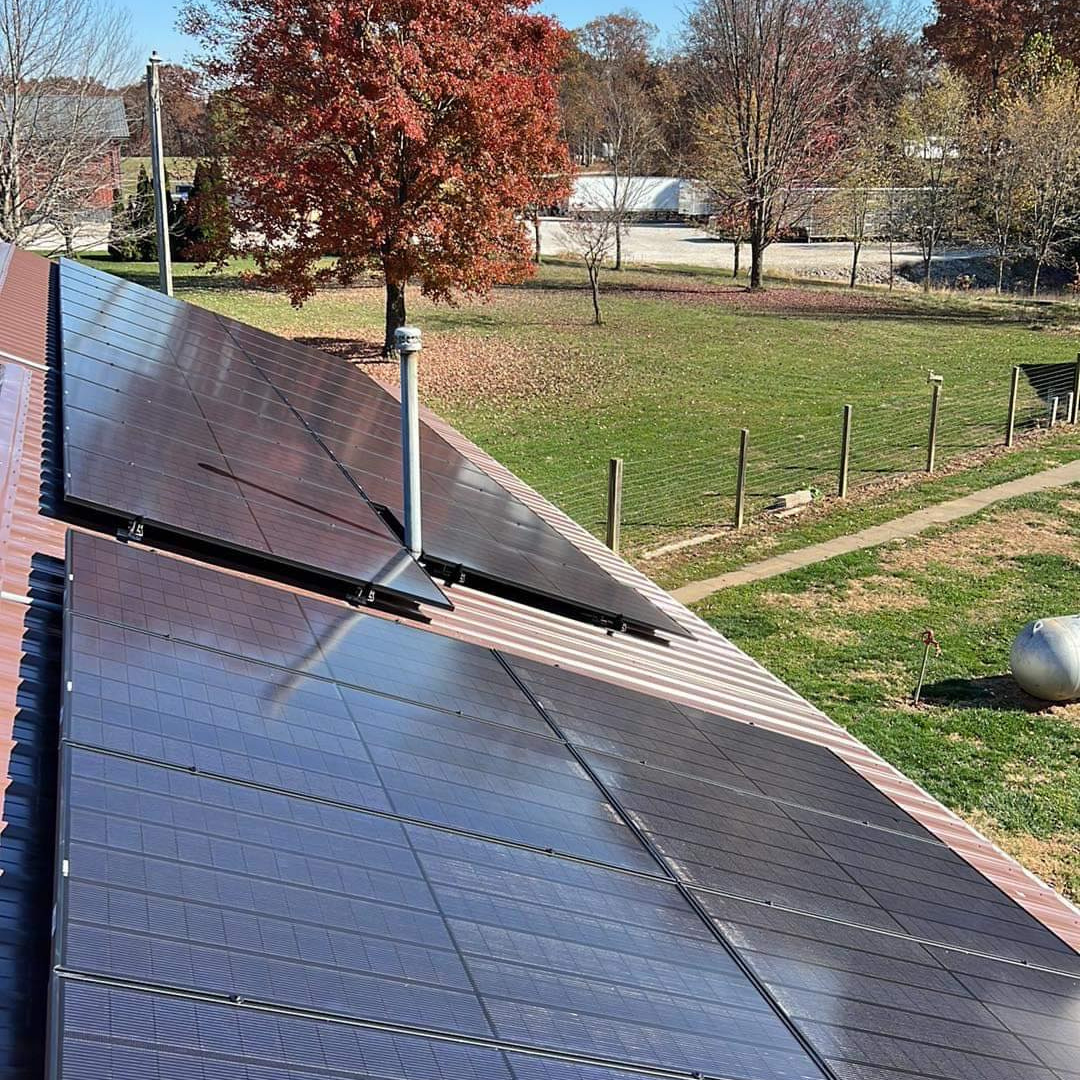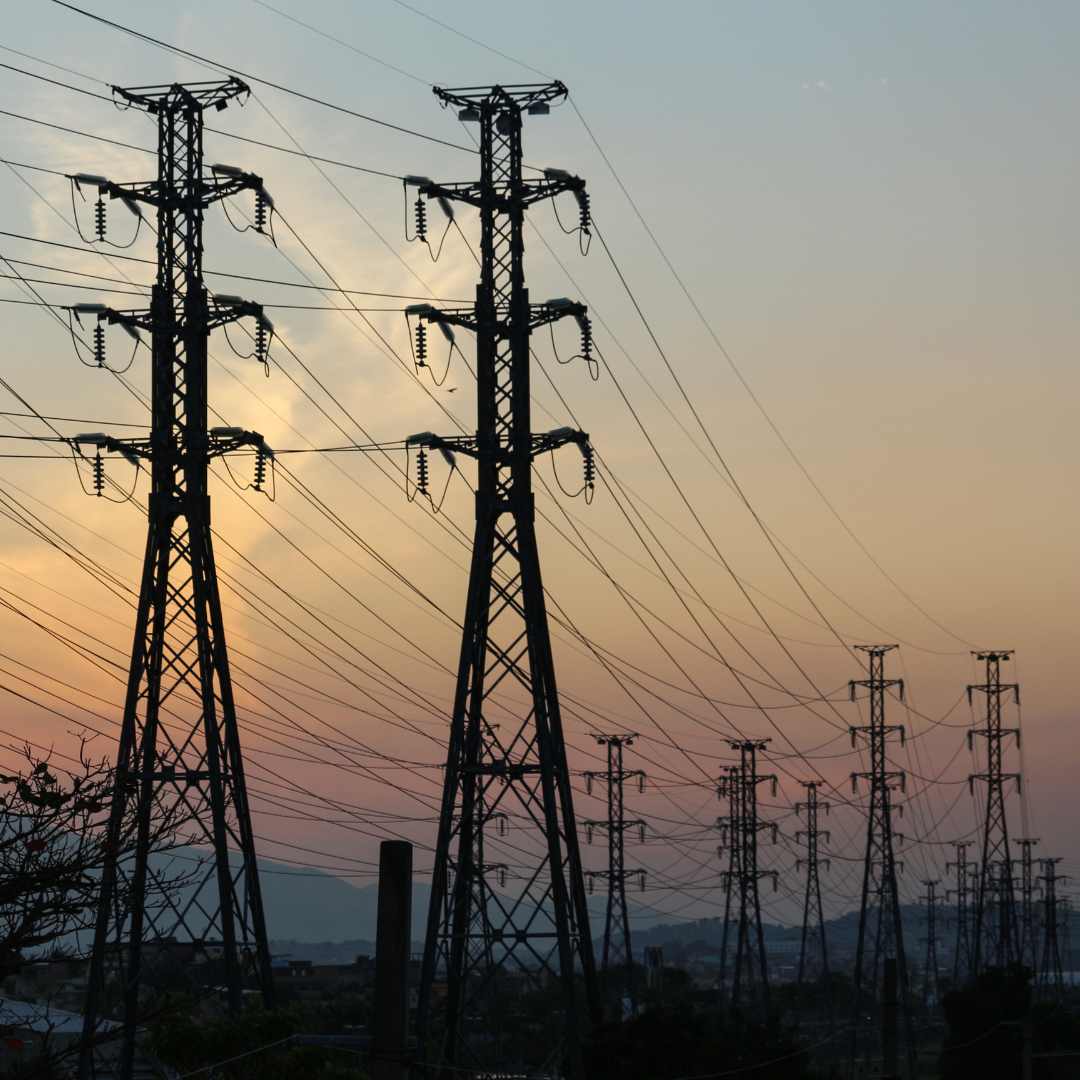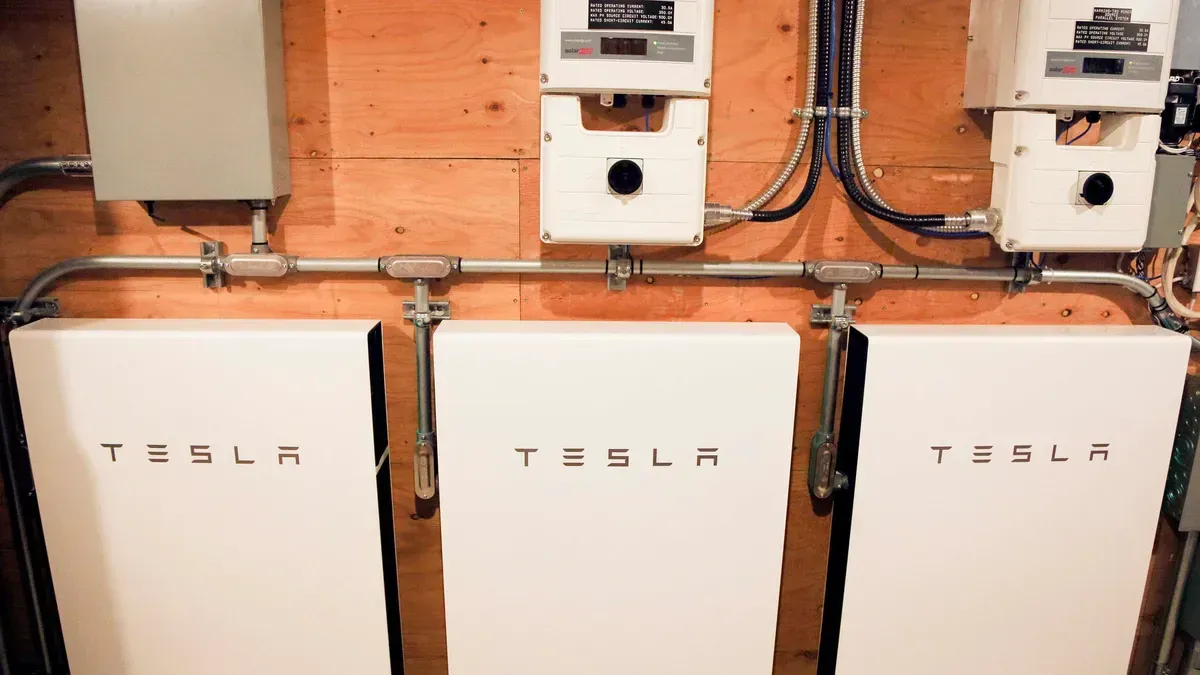Understanding kWh
Kilowatts vs. Kilowatt-Hours: What’s the Difference?
If you're considering solar energy, you've likely come across the terms kilowatt (kW) and kilowatt-hour (kWh). While they sound similar, they measure different things and play distinct roles in understanding energy production and consumption. Let’s break it down.
What is a Kilowatt (kW)?
A kilowatt (kW) is a unit of power, measuring the rate at which electricity is used or generated at a given moment. Think of it like the speedometer in a car—showing how fast you’re going at any instant.
- Example: A 5 kW solar system can generate up to 5 kilowatts of power at peak sunlight.
- Application: Solar panel systems are rated in kilowatts, indicating their maximum output under ideal conditions.
What is a Kilowatt-Hour (kWh)?
A kilowatt-hour (kWh) is a unit of energy, measuring electricity consumption or generation over time. This is similar to the odometer in a car, which tracks total distance traveled rather than speed.
- Example: Running a 1 kW appliance for 1 hour consumes 1 kWh of energy.
- Application: Your utility bill is based on kWh, reflecting how much energy your home uses.
How Do kW and kWh Work in Solar Energy?
Understanding the relationship between kW and kWh is key when evaluating solar energy benefits.
- Solar Panel Output: A solar panel rated at 300 watts (0.3 kW) produces that amount of power under peak conditions. Over 3 hours of sunlight, it generates 0.9 kWh (0.3 kW × 3 hours).
- System Size vs. Energy Production: A 6 kW solar system might generate 30 kWh per day, depending on sunlight conditions.
- Electricity Bills: Since utilities charge per kWh, knowing how much your solar system offsets can help calculate savings.
Why Does This Matter?
Understanding kW and kWh is essential for making informed energy decisions:
- Choosing the Right Solar System: A system’s kW rating tells you its capacity, while kWh helps estimate energy savings.
- Battery Storage: If you’re considering battery storage, its capacity is measured in kWh, indicating how much energy it can store for later use.
- Electric Vehicles (EVs): EV batteries are also rated in kWh, showing how far a full charge will take you.
Understanding kWh: Frequently Asked Questions
At SunSent Solar, we know energy consumption can be confusing, and we’re here to clear things up. Below, we’ve compiled some of the most common questions about kilowatt-hours (kWh), energy usage, and how solar can help reduce your electricity costs. Let’s dive in!
How Much Electricity Does the Average Home Use Per Day?
Energy consumption varies based on home size, location, climate, and appliances. However, the U.S. Energy Information Administration (EIA) reports that the average American household consumes around 30 kWh per day. Your actual usage may be higher or lower depending on factors like insulation, energy-efficient appliances, and personal habits.
What Is the Average Household Electricity Consumption Per Month?
Based on national averages, most households use around 877 kWh per month. This can vary significantly by region—states like Louisiana tend to use more (about 1,240 kWh per month), while Hawaii has much lower consumption (around 505 kWh per month) due to climate and energy costs.
How Many kW Does a Generator Need to Power a Home?
If you’re considering backup power, most essential household appliances can run on a generator producing 5,000 to 7,500 watts (5-7.5 kW). A generator at this capacity is generally enough to power refrigerators, water heaters, lighting, and other key appliances during an outage. However, larger homes or those with central air conditioning may require a higher-capacity generator.
How Can I Calculate the Energy Consumption of My Appliances?
To determine how much electricity an appliance uses, follow these steps:
- Find the wattage of the device (often labeled on the appliance or in its manual).
- Multiply wattage by hours used per day to get watt-hours (Wh).
- Divide by 1,000 to convert watt-hours to kilowatt-hours (kWh).
- Multiply the daily kWh by the number of days in a month to estimate your monthly usage.
How Can I Determine My Total Household Energy Consumption?
The easiest way is to check your electricity bill—it will list your total kWh usage for the billing period. If you want to estimate it yourself, add up the kWh usage of all your appliances based on the method above. Many modern appliances also list their estimated annual kWh consumption, which can help you make more energy-efficient choices.
How Many kWh Does It Take to Charge a Tesla?
Electric vehicle charging depends on battery size and state of charge. For example, a Tesla Model 3 Standard Range typically requires about 50 kWh to charge from empty to 90%. Home charging can take over 12 hours, while Tesla Superchargers can deliver around 75 kW for a much faster charge in under an hour.
Why Does Understanding kWh Matter?
Knowing how kWh works can help you make smarter energy decisions, whether you’re considering solar panels, backup power, or simply reducing your electricity bill. SunSent Solar specializes in designing solar solutions that fit your energy needs, ensuring that your home or business can generate and store power efficiently.
Have more questions about kWh, solar energy, or how you can reduce your electricity costs?
Contact SunSent Solar today—we’re here to help!
You can also read our past blog post,
Solar Cost per kWh vs Utility Cost per kWh.
